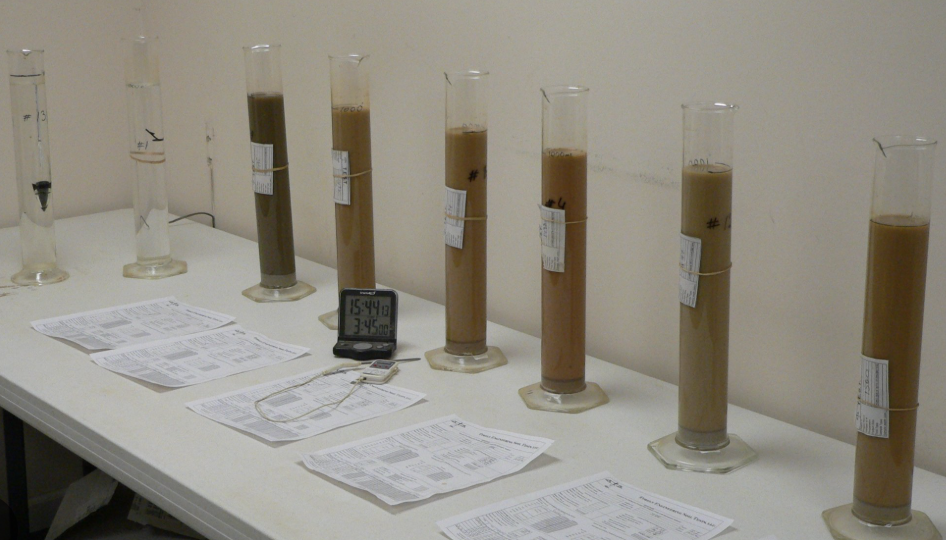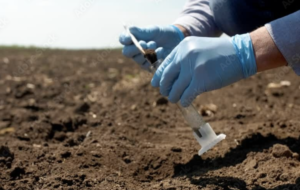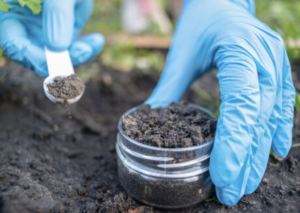Why is a Hydrometer Used for Grain Size Analysis of Soil?
When it comes to understanding soil, grain size matters—a lot. From foundation strength to drainage capacity, the size distribution of particles in a soil sample influences nearly every geotechnical decision. While sieve analysis works great for sand and gravel, what about the tiny stuff—silt and clay? That’s where the hydrometer test becomes essential. It’s a precise, affordable way to measure the fine fractions that sieves simply can’t handle.
Understanding the Principle of Sedimentation
A hydrometer test relies on Stokes’ Law1, which describes how particles settle through a fluid over time. The idea is simple: larger particles settle faster, while finer ones drift down slowly. By observing how suspended soil particles settle in a column of water, we can estimate their size distribution.
How it works:
- A soil sample is dispersed in water with a deflocculant.
- As particles settle, the hydrometer measures the density of the suspension2 at specific time intervals.
- The change in density is used to calculate particle sizes based on their settling velocity3.
| Particle Type | Typical Settling Time |
|---|---|
| Coarse Silt | < 1 minute |
| Fine Silt | ~15–30 minutes |
| Clay | 2–24 hours or longer |
This principle allows the hydrometer test to analyze particles smaller than 0.075 mm (No. 200 sieve)—a range critical for geotechnical design.
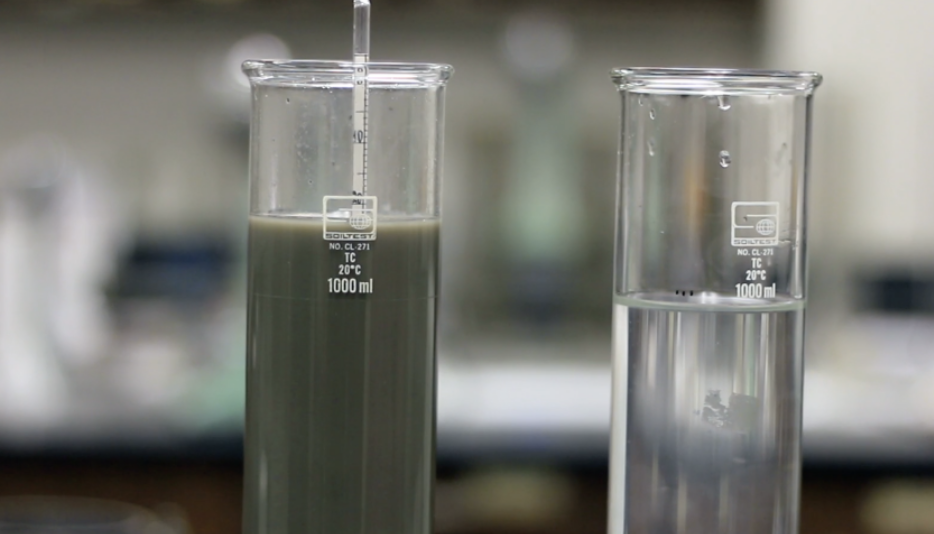
Why Sieve Analysis Isn’t Enough
Sieve analysis is perfect for sand and gravel4, but it fails to capture finer soil fractions. That’s a big deal because clay and silt dramatically influence drainage, strength, and plasticity5.
Limitations of Sieve Analysis:
- Can’t separate particles smaller than 0.075 mm.
- Fine particles clog the sieve, leading to inaccurate results.
- Doesn’t reveal information about clay mineral content or cohesion behavior.
By combining sieve and hydrometer tests, engineers get a complete particle size distribution6—from gravel down to clay.
| Method | Effective Particle Size Range |
|---|---|
| Sieve Analysis | 75 mm – 0.075 mm |
| Hydrometer Test | < 0.075 mm (silt and clay) |
This combination provides a comprehensive soil texture profile, essential for accurate classification.
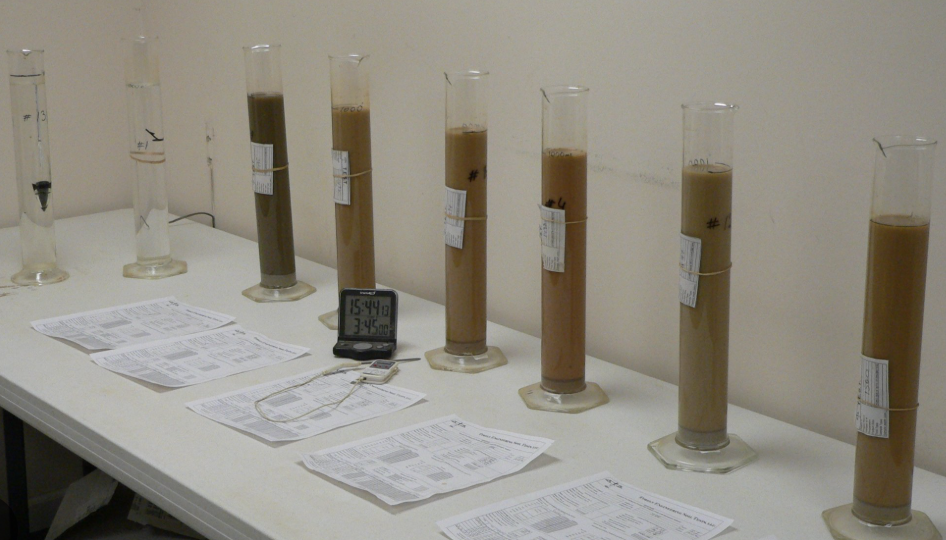
Hydrometer Testing: Accurate and Cost-Effective
Despite its simplicity, the hydrometer test offers surprising accuracy and repeatability7 when conducted properly. It also doesn’t require expensive instrumentation—just basic lab tools and adherence to ASTM D422 or AASHTO T88 standards.
Key Benefits:
- Low-cost setup using a sedimentation cylinder, hydrometer, and stopwatch.
- Provides a detailed gradation curve8 for fine-grained soils.
- Can be performed in most geotechnical and academic labs.
| Required Equipment | Function |
|---|---|
| Hydrometer | Measures suspension density |
| Sedimentation Cylinder | Holds the soil-water mixture |
| Thermometer | Adjusts for temperature correction |
| Dispersing Agent | Prevents particle flocculation |
Its cost-efficiency makes hydrometer testing a go-to method in both field labs and research settings.
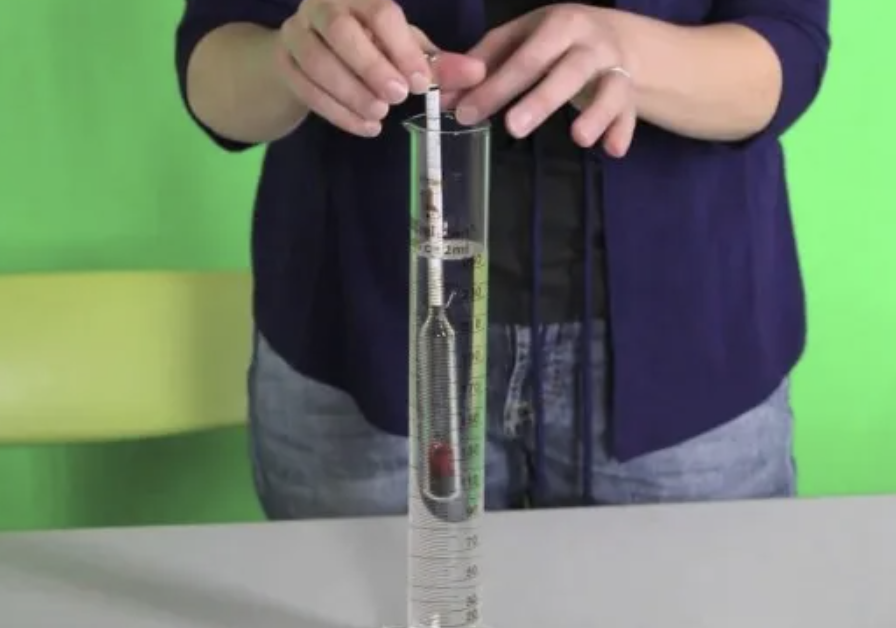
Application in Soil Classification and Engineering Design
The hydrometer test isn’t just academic—it has real-world applications in construction, agriculture, and environmental science.
Practical Uses:
- Classifying soils into USDA or Unified Soil Classification System (USCS) categories.
- Predicting compaction characteristics, permeability, and shear strength.
- Assessing soil erosion potential and sediment transport behavior.
| Soil Property Influenced | Design Implication |
|---|---|
| Plasticity Index | Determines shrink–swell behavior |
| Permeability | Influences drainage and foundation design |
| Compressibility | Affects settlement predictions |
Knowing the percentage of silt and clay is vital for slope stability, roadbed performance, and even seepage analysis in embankment dams.
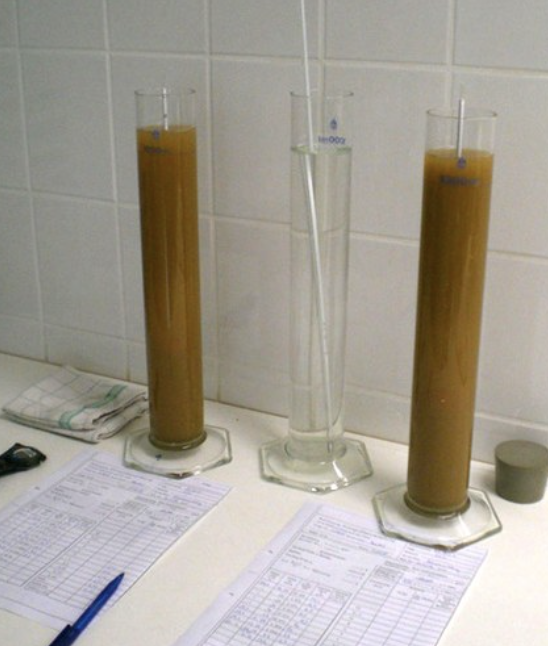
Conclusion
The hydrometer test fills the gap left by sieves—analyzing the fine, invisible particles that have big effects on how soil behaves. It’s cost-effective, surprisingly accurate, and absolutely essential for proper soil classification and geotechnical design. Whether you’re building a road, analyzing a dam, or studying soil erosion, the hydrometer helps make sense of the smallest grains—and that makes all the difference.
-
Understanding Stokes' Law is crucial for grasping how particles settle in fluids, which is fundamental in various scientific applications. ↩
-
Exploring this topic will provide insights into the measurement techniques used in hydrometer tests, enhancing your understanding of soil analysis. ↩
-
Learning about settling velocity factors can deepen your knowledge of particle behavior in fluids, which is essential for accurate soil testing. ↩
-
Understanding the role of sand and gravel can enhance your knowledge of construction materials and their applications. ↩
-
Exploring this topic will provide insights into soil mechanics and its impact on engineering projects. ↩
-
Learning about particle size distribution is crucial for effective soil analysis and engineering practices. ↩
-
Understanding the accuracy and repeatability of the hydrometer test can enhance your knowledge of soil testing methods. ↩
-
Learning about detailed gradation curves can improve your soil analysis skills and understanding of soil properties. ↩

